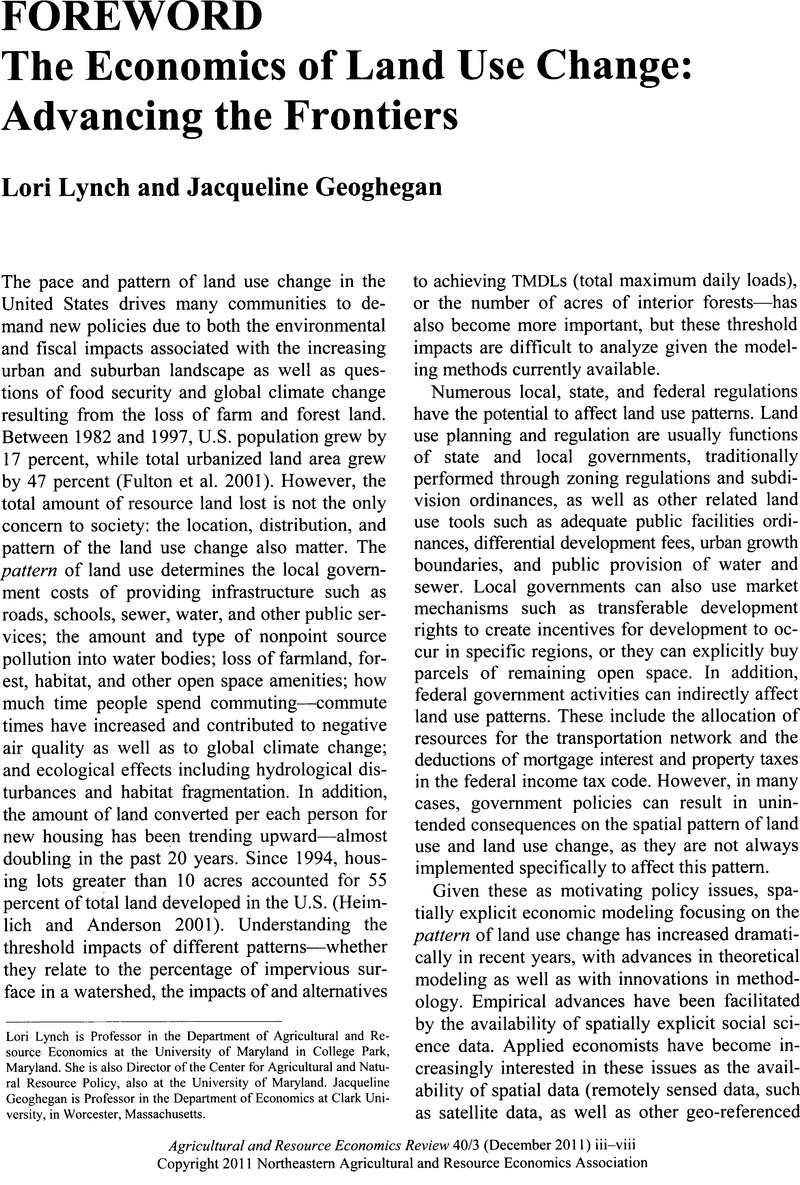Crossref Citations
This article has been cited by the following publications. This list is generated based on data provided by Crossref.
Sealey, Kathleen Sullivan
Binder, P.-M.
and
Burch, R. King
2018.
Financial credit drives urban land-use change in the United States.
Anthropocene,
Vol. 21,
Issue. ,
p.
42.
Sandler, Austin M.
and
Rashford, Benjamin S.
2018.
Misclassification error in satellite imagery data: Implications for empirical land-use models.
Land Use Policy,
Vol. 75,
Issue. ,
p.
530.





